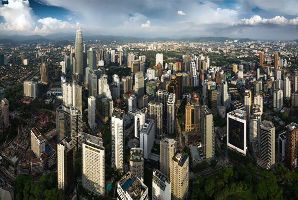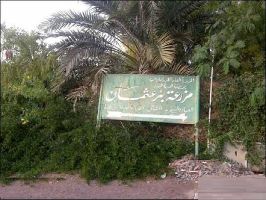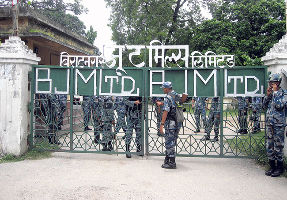About Kota City Palace
Housed in Kotah’s historic City Palace — the ancestral seat of the Raos and Maharaos of Kotah — the Museum has been open to the public since 1970 C.E. The Museum has rich collections of arms and armour, royal regalia and ritual paraphernalia, textiles and objets d’art, and world–famous miniature paintings and wall frescos.
According to tradition, the foundations of the City Palace (also known as the Garh) were first laid in 1264 C.E. by Prince Jait Singh of Bundi on the spot where he sacrificed and buried the severed head of the defeated Bhil Chieftain Koteya who had previously ruled the region. The name ‘Kotah' is often said to memorialize the human sacrifice (nar bali) of Koteya, although it may equally reference the presence of a strong fort, or kot.
The foremost tourist attraction in Kota is the 'Garh'. This large complex, also known as the City Palace, is built in a predominantly Rajput style of architecture. The palace is a sprawling complex of suites and apartments built by different rulers of the Rajput dynasty at different times in history.
Kota Tour Packages
Memorable 3 Days KOTA KINABALU to Kundasang Friends Trip Package
Amazing Jaipur Tour Package for 14 Days 13 Nights
Family Getaway Mount Abu Tour Package for 12 Days 11 Nights
12 Days 11 Nights Mandawa, Bikaner, Jaisalmer, Jodhpur, Kota, Ajmer, Pushkar with Jaipur Holiday Package
Memorable 12 Days 11 Nights Delhi, Jaipur, Kota, Bundi, Udaipur, Jodhpur, jaisalmer, Bikaner with Mandawa Trip Package
Beautiful 14 Days Jaipur to Ranthambore Luxury Vacation Package
Experience 13 Days 12 Nights Dungarpur Vacation Package
Ecstatic 13 Days 12 Nights Jaisalmer Trip Package
Amazing 4 Days 3 Nights Kota Kinabalu Honeymoon Tour Package
Best 6 Days 5 Nights Singapore, Malaysia, Malaysia with Batu Caves Trip Package
Magical 6 Days Batu Caves Tour Package
Ecstatic 6 Days 5 Nights Batu Caves Holiday Package
Best 6 Days Kota Kinabalu to Batu Caves Trip Package
Magical 6 Days Singapore, Malaysia, Malaysia with Batu Caves Holiday Package
16 Days 15 Nights Delhi, Jaipur, Pushkar, Bundi, Kota, Udaipur, Jodhpur, Jaisalmer, Bikaner with Mandawa Trip Package
Best 15 Days 16 Nights Jaisalmer Vacation Package
Ecstatic 17 Days 16 Nights Bundi Trip Package
Best 15 Days 14 Nights Jaisalmer Vacation Package
Heart-warming 17 Days 16 Nights Delhi Vacation Package
Family Getaway Deogarh Tour Package for 16 Days 15 Nights
Ecstatic Jaisalmer Tour Package for 17 Days 16 Nights
20 Days 19 Nights Jaipur Tour Package
Kota City Palace Rating & Reviews
- Home
- India
- Kota Tours
- About Kota City Palace
- Log in
- Enquiry Form
To City (Destination)
From City
Travel Date
Travel Duration (In Days)
Adult
Child
Infant
Travel With
Hotel
Rooms
Type of Trip
Total Budget (in INR)
Ticket Booked ?
Ticket Required?
Mode of Transport
Ticket Category
I will book
Date of Birth
Gender
Marital Status
Income (Per Month)
Nationality
Preferred Language
Total countries visited so far
Do you have a Visa ?
Do you have a Passport?
Preferred Time to Call
We have identified additional inquiries related to your tour. Please review them and let us know if there are any inquiries you would like us to remove.
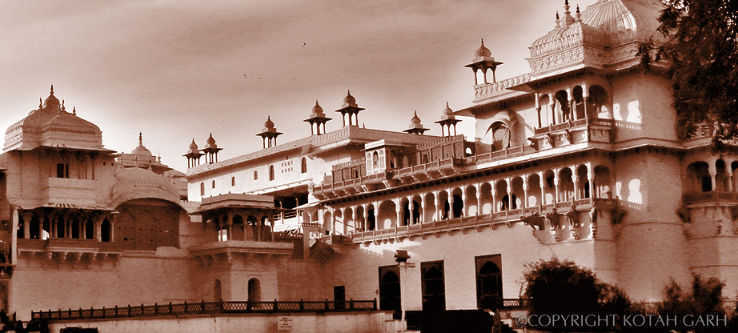
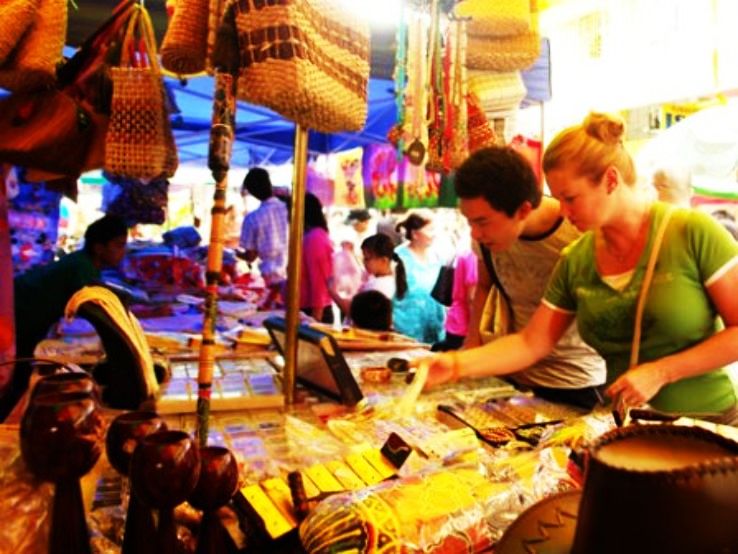
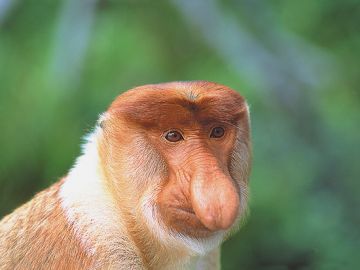

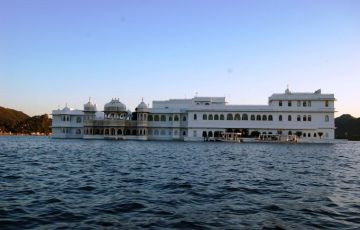
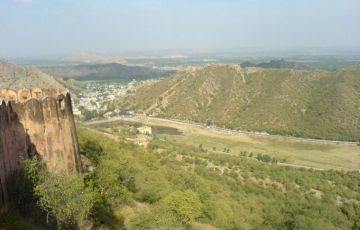
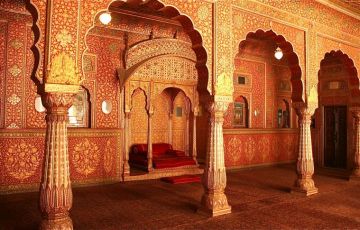
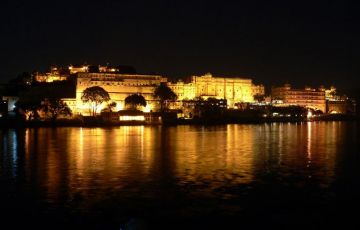

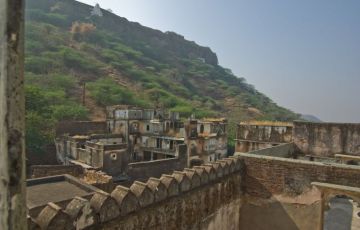
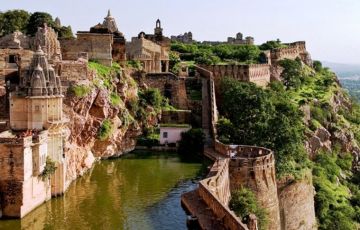
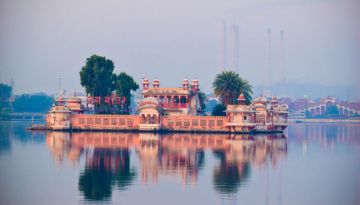


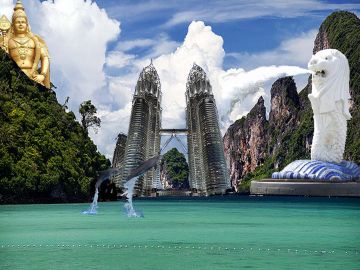
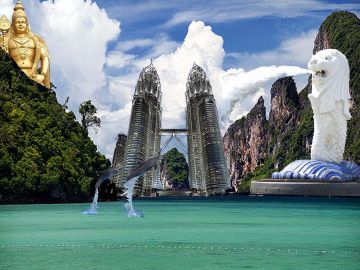
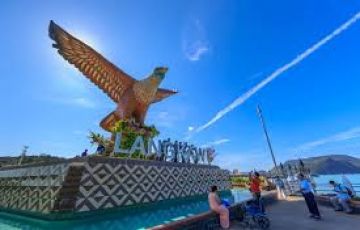
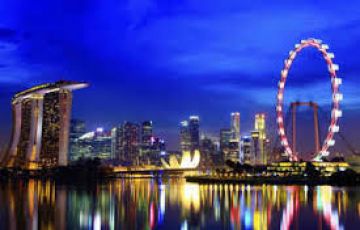
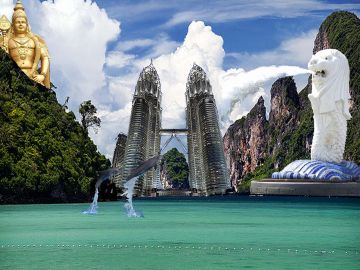
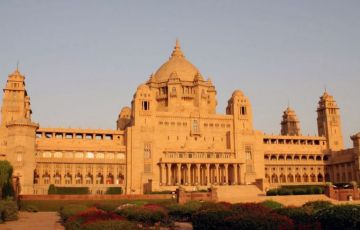
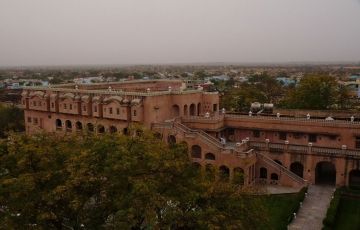
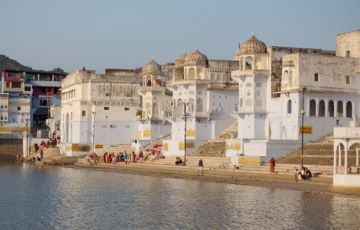


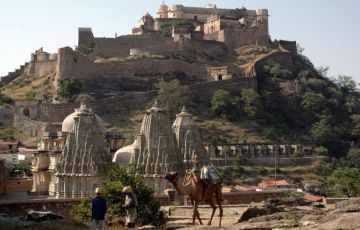
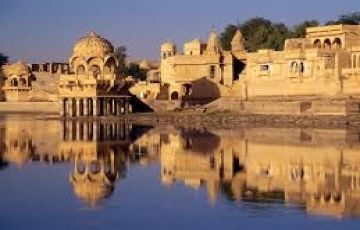
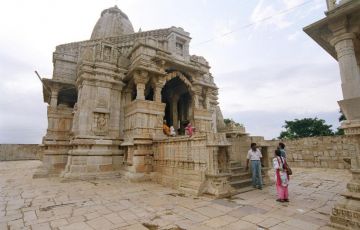
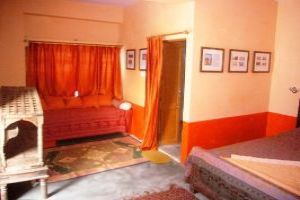

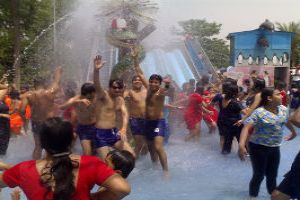
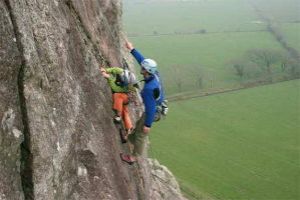
_1483513021t.jpg)
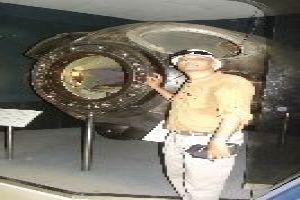
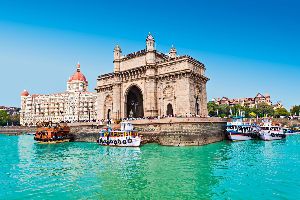

_1483358395t.jpg)
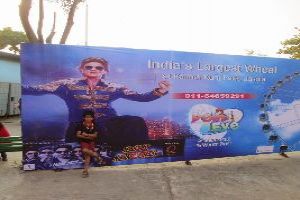
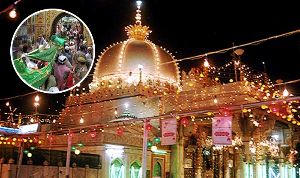
_1524061407t.jpg)
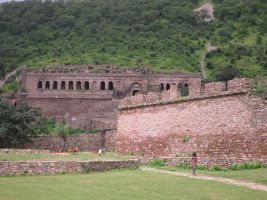
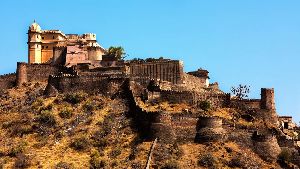
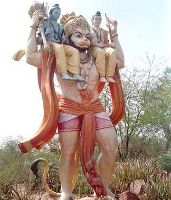
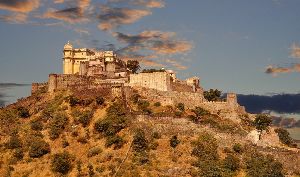
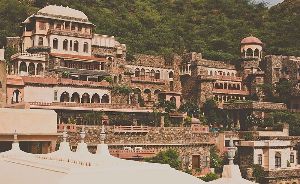
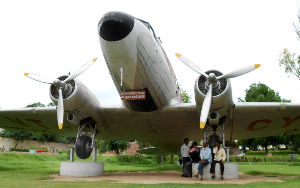
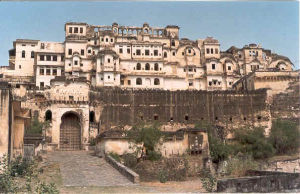
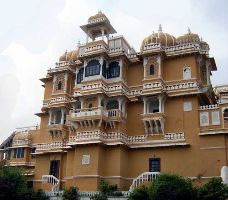
_1511028161t.jpg)
_1508518805t.jpg)
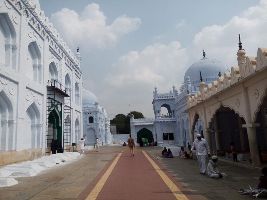
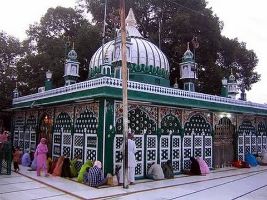
_1511245397t.jpg)
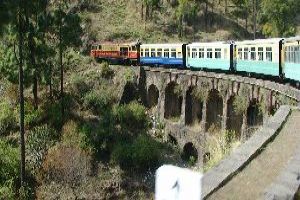
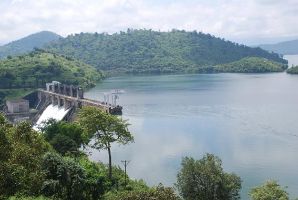
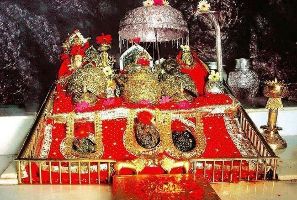
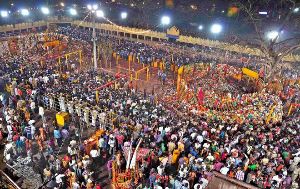
_1511362044t.jpg)
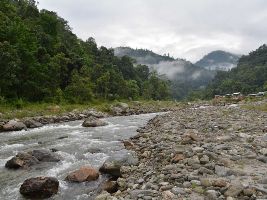
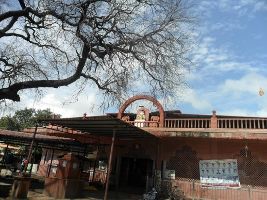

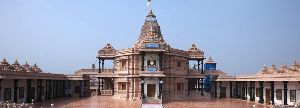
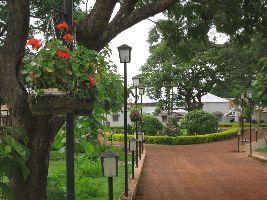
_1514319053t.jpg)
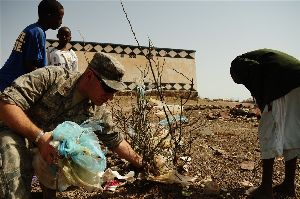
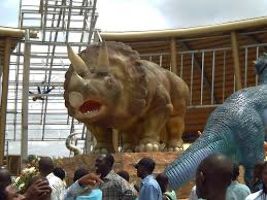
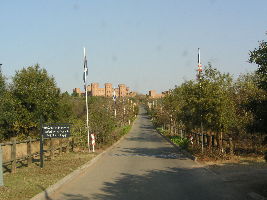

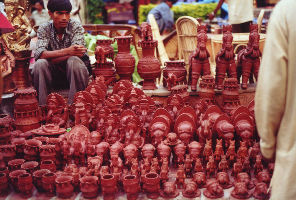
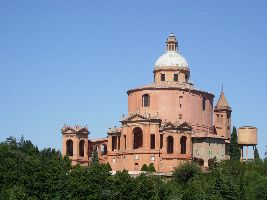
_1516882647t.jpg)
